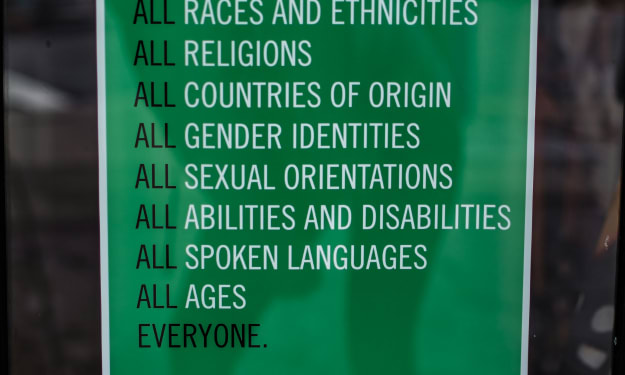
In the vast tapestry of life on Earth, communication forms the very foundation of existence. Human beings, equipped with complex language systems, have established unparalleled modes of expression and comprehension. However, amidst the richness of this linguistic prowess, an enigmatic void lies, separating us from the vast array of other living beings inhabiting our planet. This blog seeks to delve into the mysteries behind why humans struggle to understand the language of other living things and how this ignorance impacts our relationship with the natural world.
The Language Barrier: Diverse Expressions Across Species
Language, in its essence, is a medium of conveying information and emotions between individuals of a species. While human languages vary across cultures, they share common underlying structures that facilitate comprehension. In contrast, other living beings exhibit an incredible diversity of communication methods. From intricate dance routines of honeybees to infrasonic rumblings of elephants and chemical cues among ants, each species has evolved its unique language, often incomprehensible to humans.
The Limits of Anthropomorphism
The human tendency to anthropomorphize, or ascribe human-like traits to other animals, is both a blessing and a curse. While this practice fosters empathy and compassion towards wildlife, it can also lead to misconceptions about their intentions and desires. Humanizing animals may hinder our ability to truly understand their language and behavior, as we interpret their actions through the lens of our own experiences and emotions.
The Unseen World of Ultrasounds and Infrasounds
Humans are confined to a limited range of auditory perception, generally between 20 Hz and 20 kHz. However, many species communicate through ultrasonic or infrasonic frequencies that are beyond our auditory scope. Bats, for instance, navigate their surroundings using echolocation, emitting ultrasonic calls to detect prey and obstacles. Without specialized equipment, we remain oblivious to this intricate and vital form of communication.
Context and Environmental Cues
Language comprehension is heavily reliant on context and environmental cues, which allow us to interpret the speaker's intentions and emotions. In the case of non-human creatures, understanding these contextual factors proves challenging. For instance, a bird's song might be a territorial display, a mating call, or an alarm signal, depending on the situation. Without a profound understanding of the specific context, we remain blind to the true meaning behind their vocalizations.
Lack of Comparative Research
Although scientists have made remarkable strides in studying animal communication, we have barely scratched the surface of the vast realm of non-human languages. Comparative research across species and ecosystems is vital to unraveling the complexities of their communication systems. By observing how different creatures interact and communicate, we can gain valuable insights into the nuances of their languages.
Human-Centric Bias and Environmental Consequences
The inability to comprehend non-human communication can lead to detrimental consequences for both wildlife and our environment. Human activities, such as deforestation, urbanization, and pollution, can disrupt the communication channels of various species, leading to behavioral changes and population declines. A deeper understanding of animal languages can guide us towards more sustainable and harmonious interactions with the natural world.
Embracing Ethology: The Path Forward
To bridge the gap in understanding, embracing the science of ethology, the study of animal behavior in natural environments is essential. Ethologists immerse themselves in the lives of the creatures they study, striving to comprehend their behaviors, communication, and social structures. By doing so, we can gain a more profound appreciation for the uniqueness of each species' language and their intricate relationships with one another.
Conclusion:
In a world teeming with life, human beings must confront the humbling truth that we are not the sole proprietors of language. The complex and diverse communication systems that flourish among other living beings remain tantalizing mysteries, impervious to human comprehension. As we endeavor to bridge this divide, we must shed the veil of human-centric bias and embark on a journey of empathy, respect, and curiosity towards the rich tapestry of non-human languages. Only then can we hope to foster genuine connections with the natural world and fulfill our role as responsible stewards of the Earth.
About the Creator
IFTA
With a quill in one hand and a world of possibilities in the other, IFTA is a master weaver of captivating stories that transport readers to realms unknown. Born with an insatiable curiosity and an unyielding passion for storytelling.





Comments
There are no comments for this story
Be the first to respond and start the conversation.